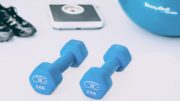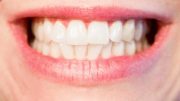Proper and enough nutrition while pregnant is essential for your baby to develop and grow. Your pregnancy diet plan should consider an extra 300 calories per day than you did before pregnancy. More often vomiting and nausea during the first trimester make it difficult to eat but try to take a well-balanced food with prenatal vitamins. What a mother drinks and eats while pregnant is her baby’s source of sustenance.
Pregnancy nutrition guidelines
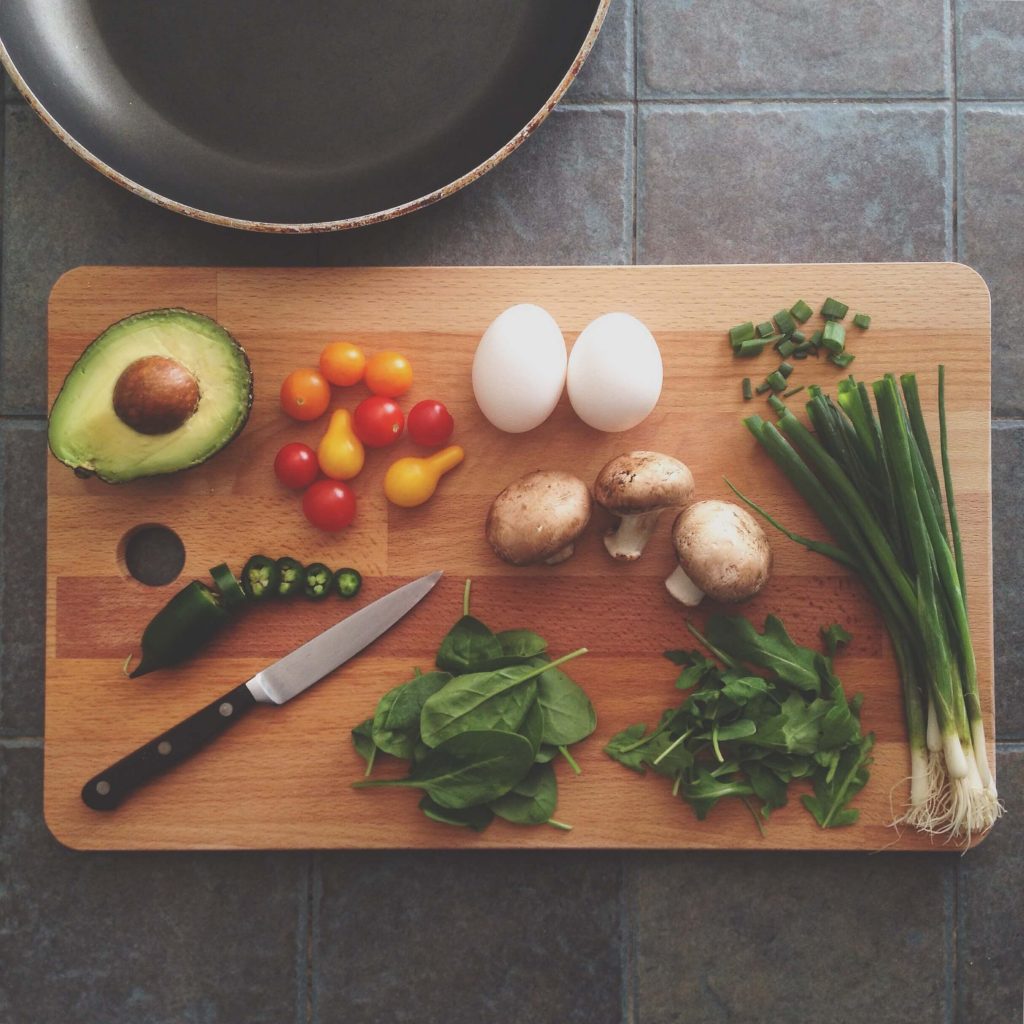
Calcium
Calcium is the mineral responsible for building the baby’s teeth and bones. If an expectant mother doesn’t consume enough calcium, it is drained from the mom’s reserve in the bones and channeled through to the infant to meet the extra demand during pregnancy.
Most dairy foodstuffs conteins vitamin D. Vitamin D is an additional nutrient that combines best with calcium to grow a baby’s teeth and bones.
Expecting teens, 11-18 years of age, require about 1,300 milligrams of calcium per day while pregnant mommas 19 years above need 1,000 milligrams.
Food sources: leafy greens (bok choy, kale), salmon or sardine with bones, calcium-fortified foods and juices, cheese, yogurt or milk.
Folic acid
Folic acid or folate when nutrients are in food is vitamin B, a crucial component in helping in preventing congenital disabilities in the baby’s spinal cord and brain; the neural tube defect.
It is difficult to get the standard quantity of folic acid from the daily diet alone. It is advisable for women who are trying to have babies to daily consume vitamin supplement of about 400 micrograms of folic acid for a month to conception. While pregnant, the women to increase folic acid consumption to 600 micrograms per day, they are found in the daily prenatal vitamin.
Food sources: citrus fruits, beans, bread, and pasta enriched or fortified cereals and leafy green vegetables.
Proteins
More protein is required in pregnancy, but the majority of women don’t have difficulties getting the extra proteins from the rich source of food in their diet. Protein is a builder nutrient since it helps in the development of vital organs in the baby such as the heart and brain.
Food sources: tofu, nuts, eggs, dried peas and beans, fish, poultry or meat.
Iron
pregnant women need the double amount of iron (27 milligrams). The extra amount of iron is required to facilitate extra blood to supply the child with adequate oxygen. Insufficient mineral in pregnancy can result in anemia, a medical condition leading in amplified risk of infection and fatigue.
To maximize iron absorption include a high-quality vitamin C at the same meal while taking iron-rich meals. You can eat an iron-fortified cereal with a glass of orange juice for breakfast.
Food source: iron-fortified cereal, meat or poultry
What food pregnancy diet plan should include
While pregnant your aim should be eating nutritious meals all the time. To maximize prenatal nutrition emphasize the following five groups of food: dairy products, whole grains, lean protein, vegetables, and fruits.
Pregnant women should pack half of their serving plates with vegetable and fruits, a quarter of it with a source of lean protein, and the other quarter with whole grains and take along with a dairy product at every meal.
Dairy
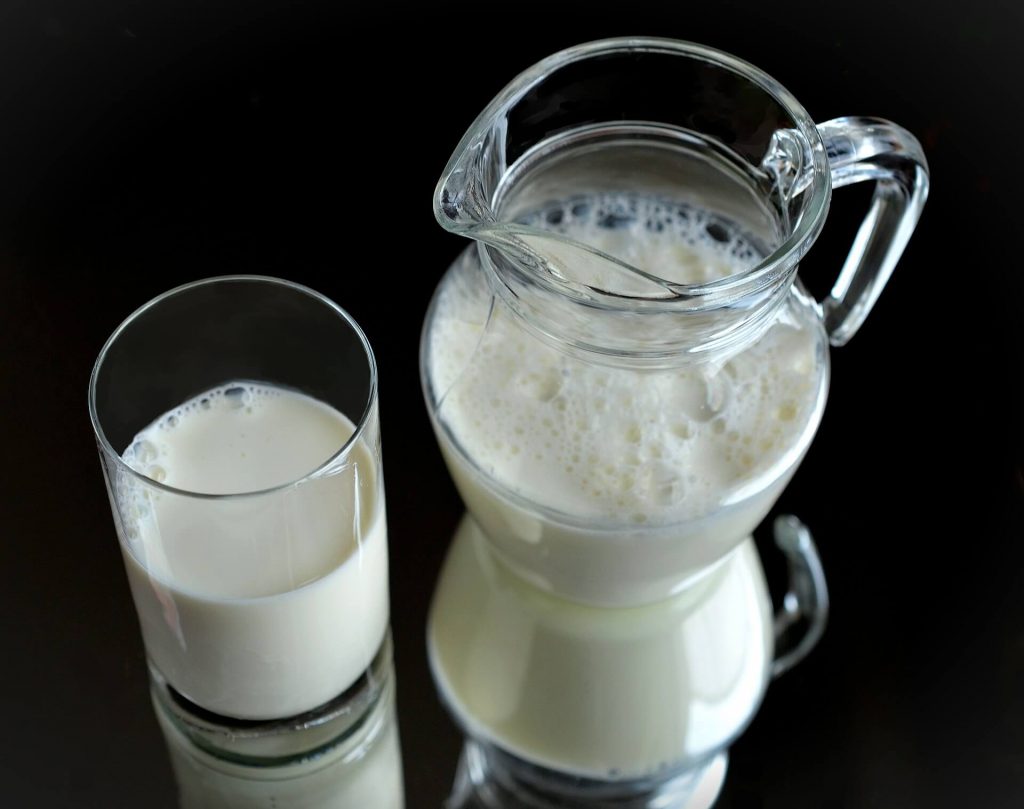
The target should be 3-4 servings of dairy product a day. Dairy meals like cheese, milk, and yogurt are excellent dietary supplies of vitamin D, protein and calcium.
Whole grains
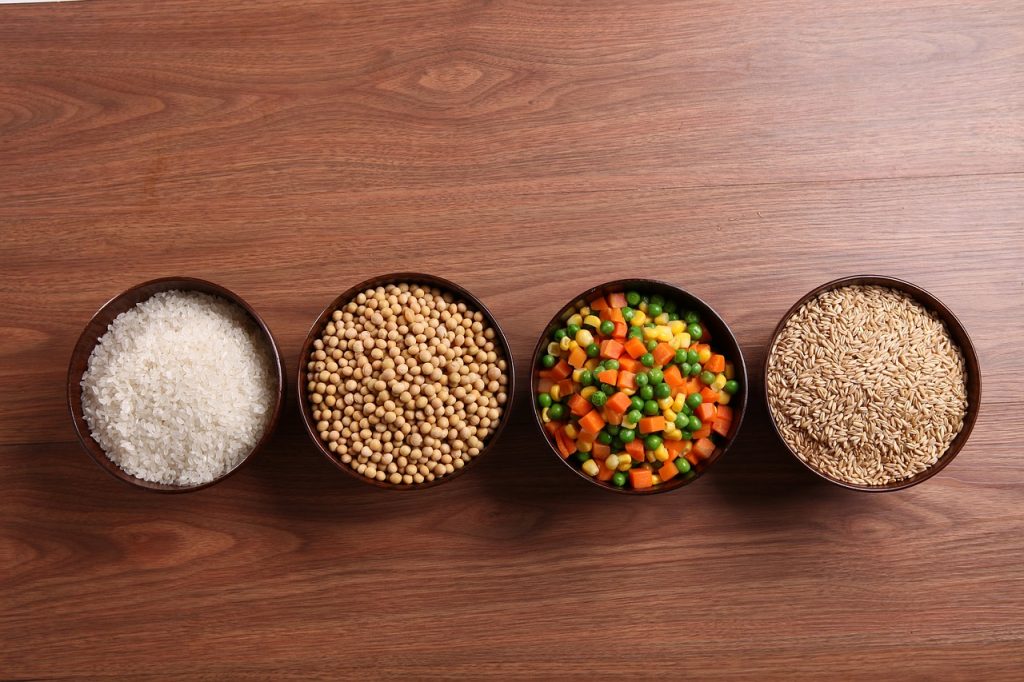
Whole grains are the primary energy sources in the pregnant woman’s diet. They provide vitamins B, iron, and fiber. As a matter of standard, a half of an expecting mother’s carbohydrate each day should come from whole grains, the likes of brown rice, whole wheat bread or pasta, and oatmeal. So, don’t miss include those in your pregnancy diet plan.
Lean protein
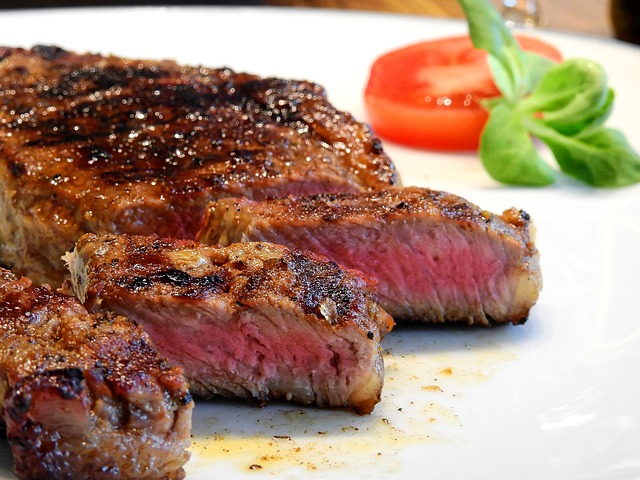
Expecting moms should incorporate healthy protein supplies at every serving to facilitate the baby’s development. Protein-rich foodstuffs include seeds, nuts, cheese, tofu, beans, eggs, fish, poultry and meat and should be a MUST in a pregnancy diet plan of every pregnant woman.
Vegetables and fruits
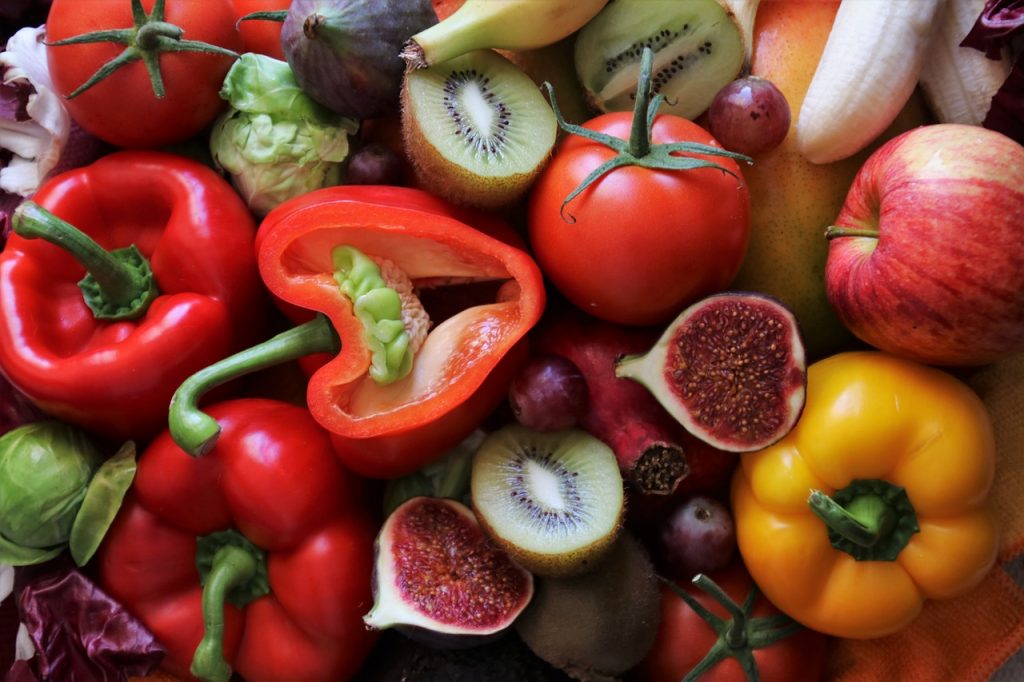
Pregnant women should put a focus on greens and fruits in her pregnancy diet plan more so in the second and third trimesters. Eat about 5-10 tennis ball size servings of fresh produce daily. These colorful meals are filled with fiber and low in calories and full of minerals and vitamins.
Foods to limit in pregnancy diet plan
- Fish are a good source of lean protein and others like sardine and salmon contain omega-3 fatty acids, nutritious fats good for the heart. It’s safe for them to consume 8-12 ounces of seafood and cooked fish per week. However, pregnant women should minimize “white” tuna or albacore that has abnormal amounts of mercury. It is a toxic metal for the baby’s brain development.
- Caffeine. It is safe to consume less than 200 mg of caffeine daily, during pregnancy. It’s also important to note that a moderate intake of caffeine during pregnancy doesn’t appear to contribute to premature birth or miscarriage.
Foods to avoid in pregnacy diet plan
- Unpasteurized food. Pregnant mothers are vulnerable to getting poison by toxoplasmosis infection caused by a parasite and listeriosis-Listeria bacteria. The disease may cause death in newborns, premature labor, stillbirth or miscarriage. Avoid raw milk, cold cuts, and hot dogs unless they are heated to steaming hot before consumption.
- Alcohol. Keep off alcoholic drinks during pregnancy. Liquor in the mom’s system can pass to the infant via the umbilical cord. Drinking can lead to fetal alcohol spectrum disorder.
- Raw meat
- Fish with high mercury levels
Pregnancy Diet Misconceptions
Food cravings: it’s frequent for pregnant mothers to develop a strong dislike or sudden urge for specific foodstuff in pregnancy. Regular cravings are for fluids, red meat, salty foods or sweets. And desire is a way that the body communicates it needs specific nutrients like additional liquids to quench thirst or more protein, instead of a particular food.
Morning sickness: when an expecting mother is experiencing morning sickness the worst mistake for her is to think that if she does not eat she will feel better.
Eating for two: by no mean does this suggest a pregnant woman should eat double her calories or twice as much food as before she was pregnant. Expecting mother isn’t eating for two in the first trimester.


